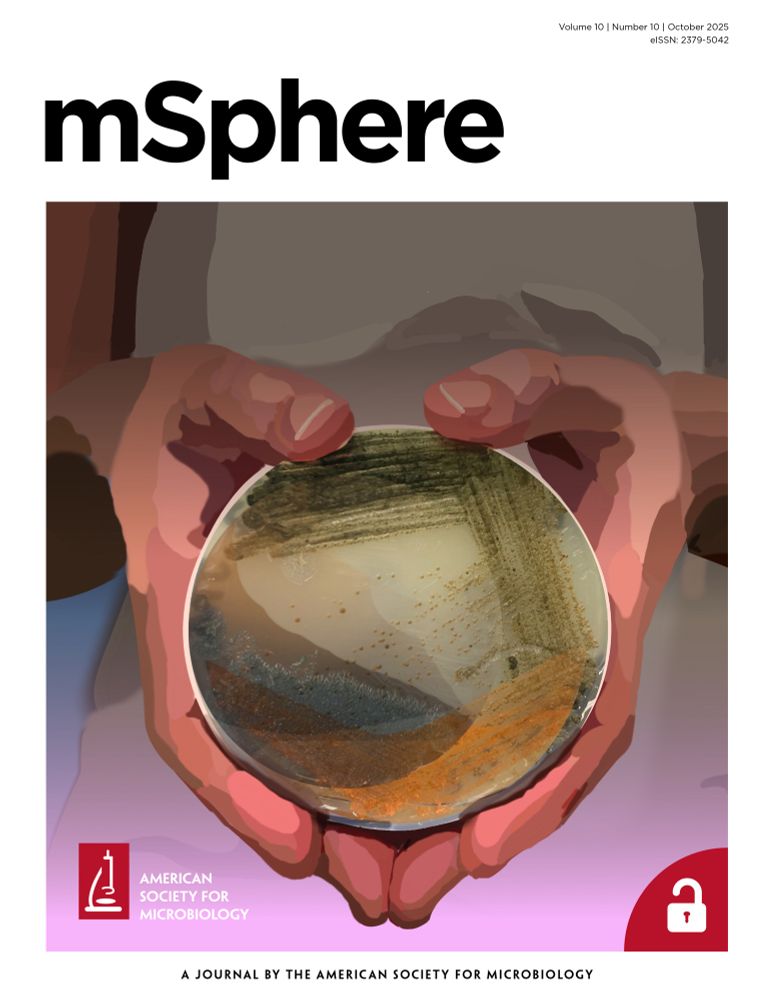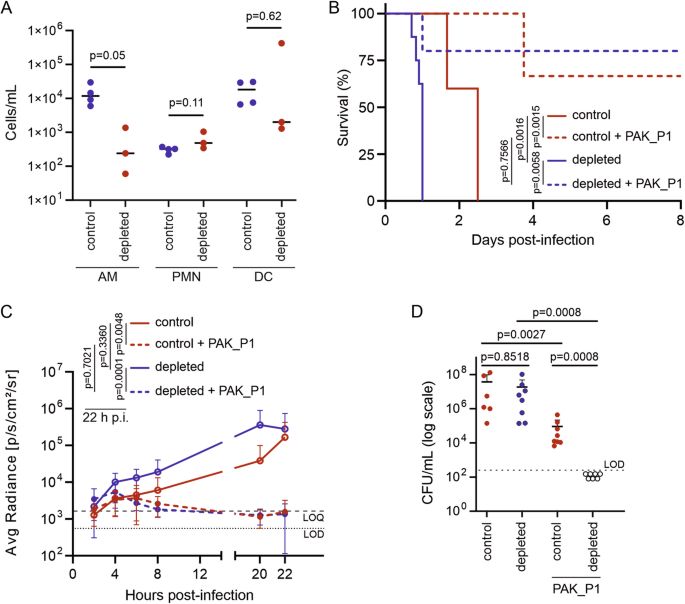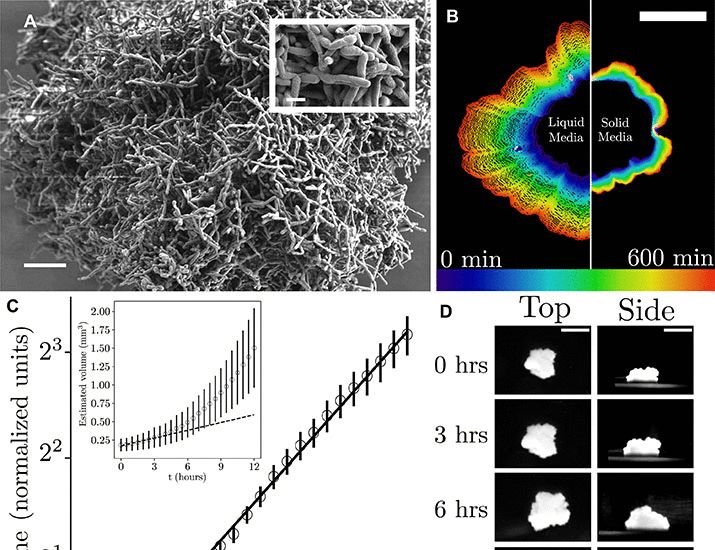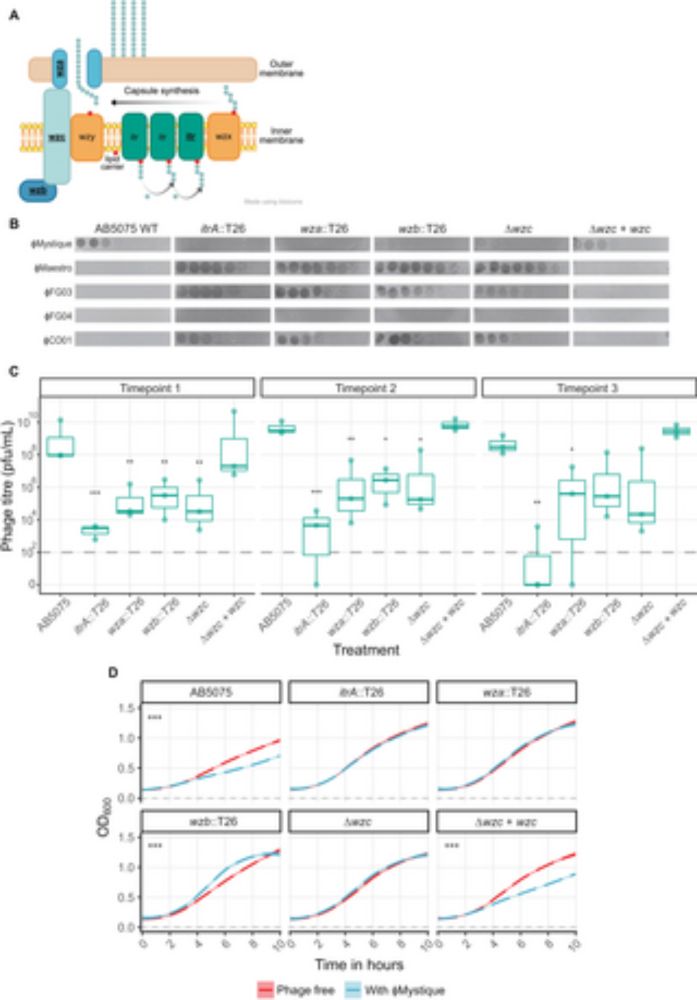Trimethoprim alters metabolite production in B. cenocepacia and A. fumigatus, affecting interkingdom interactions, antifungal activity, and fungal pigmentation, revealing how therapeutics reshape microbial chemistry and virulence expression.
pubs.acs.org/doi/10.1021/...
Antimicrobial Agent Trimethoprim Influences Chemical Interactions in Cystic Fibrosis Pathogens via the ham Gene Cluster
The fungus Aspergillus fumigatus and the bacterium Burkholderia cenocepacia cause fatal respiratory infections in immunocompromised humans and patients with lung disease, such as cystic fibrosis (CF). In dual infections, antagonistic interactions contribute to increased mortality. These interactions are further altered by the presence of antimicrobial and antifungal agents. However, studies performed to date on chemical interactions between clinical B. cenocepacia and A. fumigatus have focused on pathogens in isolation and do not include the most abundant chemical signal, i.e., clinically administered therapeutics, present in the lung. Here, we characterize small molecule-mediated interactions between B. cenocepacia and A. fumigatus and their shift in response to trimethoprim exposure by using metabolomics and mass spectrometry imaging. Using these methods, we report that the production of several small-molecule natural products of both the bacteria and the fungus is affected by cocultivation and exposure to trimethoprim. By systematic analysis of metabolomics data, we hypothesize that the B. cenocepacia-encoded ham gene cluster plays a role in the trimethoprim-mediated alteration of bacterial–fungal interactions. We support our findings by generating a genetically modified strain lacking the ham gene cluster and querying its interaction with A. fumigatus. Using comparative analyses of the extracts of wild-type and knockout strains, we report the inactivation of a bacterially produced antifungal compound, fragin, by A. fumigatus, which was verified by the addition of purified fragin to the A. fumigatus culture. Furthermore, we report that trimethoprim does not inhibit fungal growth, but affects the biochemical pathway for DHN-melanin biosynthesis, an important antifungal drug target, altering the pigmentation of the fungal conidia and is associated with modification of ergosterol to ergosteryl-3β-O-l-valine in coculture. This study demonstrates the impact of therapeutics on shaping microbial and fungal metabolomes, which influence interkingdom interactions and the expression of virulence factors. Our findings enhance the understanding of the complexity of chemical interactions between therapeutic compounds, bacteria, and fungi and may contribute to the development of selective treatments.



















































